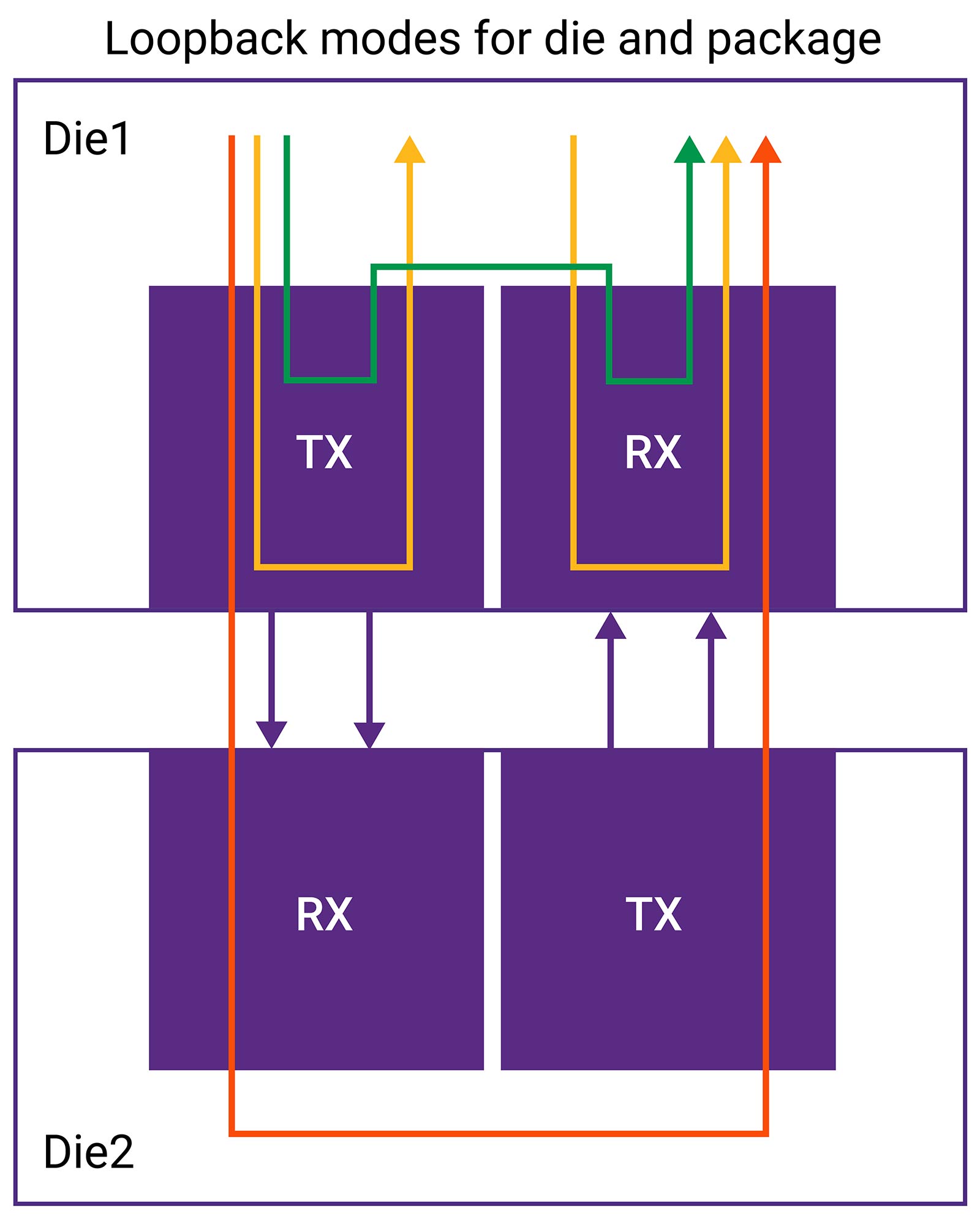

Centralized business operations, on the other hand, require the opposite-a lot of host addresses and few network addresses. That is how it connects teams of only five or six employees to the rest of the company. For example, a national sales force with small operations in 1,000 cities needs a lot of network addresses, but few host addresses. The design accommodates the unique networking requirements of organizations by offering options that match their own distributed computing environment. The term classful addressing comes from the fact that a specific number of bits assign an address to a class, and there are different combinations of possible networks and hosts according to each one. It is now officially considered as having a “historic” status. Readers can see that the classful addressing scheme that has served the Internet so well in past decades is virtually slipping away without notice. For example, the Class C range (192.168.0.0 to 192.168.255.255) is available and is what many ISP customers see on their computers in their home network.Ĭlasses A, B, and C are most germane to this discussion, particularly as a foundation for understanding Classless Inter-Domain Routing (CIDR), which is discussed at the end of this section. At the time of writing, it is unclear what private use means in this context, but it is likely that this is a stopgap measure to avoid running out of addresses while the world waits for IPv6.Ĭertain blocks of addresses within the available spaces are reserved for private Internets. Class E addresses have historically been reserved for use by the IETF for experimental purposes, but IANA is currently in the process of changing the designation to private use. IANA assigns permanent addresses and allocates transient addresses through the network of registries.Ĭlass E (240.0.0.0 to 255.255.255.255) reserved. Class D is for multicast purposes only the manner of operation is that each multicast address represents a particular group of hosts. Class C addresses have only 8 bits for the host address, limiting the number of devices to 256. Class B addresses are for intermediate networks they use 16-bit host addresses and 16-bit network addresses.Ĭlass C (192.0.0.0 to 223.255.255.255) for general use.

Class A addresses are for large networks they use 8 bits for the network ID and 24 bits for the host ID.Ĭlass B (128.0.0.0 to 191.255.255.255) for general use. It was originally organized into classes:Ĭlass A (0.0.0.0 to 127.255.255.255) for general use. Of the, two available IP protocol versions-IPv4 and IPv6-IPv4 is by far the most widely used today. Latin America and certain Caribbean islands.

The list of current registries and their areas of coverage is as follows: Registry organizations can be a Local Internet Registry (LIR), Regional Internet Registry (RIR), or National Internet Registry (NIR). End users “rent” an IP address from their Internet Service Provider (ISP), who receives address assignments from a global network of authoritative registries, whose protocol-related operations are coordinated by IANA. When such a device is connected to the Internet, as opposed to a closed enterprise, it is at the bottom of a global hierarchy for address assignments. The IP address is the set of numbers that many people see on their workstations, such as 127.40.8.72, which uniquely identifies the device. IP addresses identify a machine’s connection to the network, not the machine itself. TCP/IP within the IPv4 format uses a 32-bit address to identify a machine on a network and the network to which it is attached. The IEEE Ethernet and allied standards use another address for link service access points (LSAPs), which provide services to Layer 3 protocols. Two of the 24 bits assigned as an OUI are control bits. The IEEE assigns a 24-bit organization unique identifier (OUI) so that organizations can assign the remaining 24 bits to suit their unique needs. For communication to occur, two addresses are required: one each for the sending and receiving devices. The length of the physical address varies according to the networking system, but Ethernet and several others use 48 bits.


 0 kommentar(er)
0 kommentar(er)
